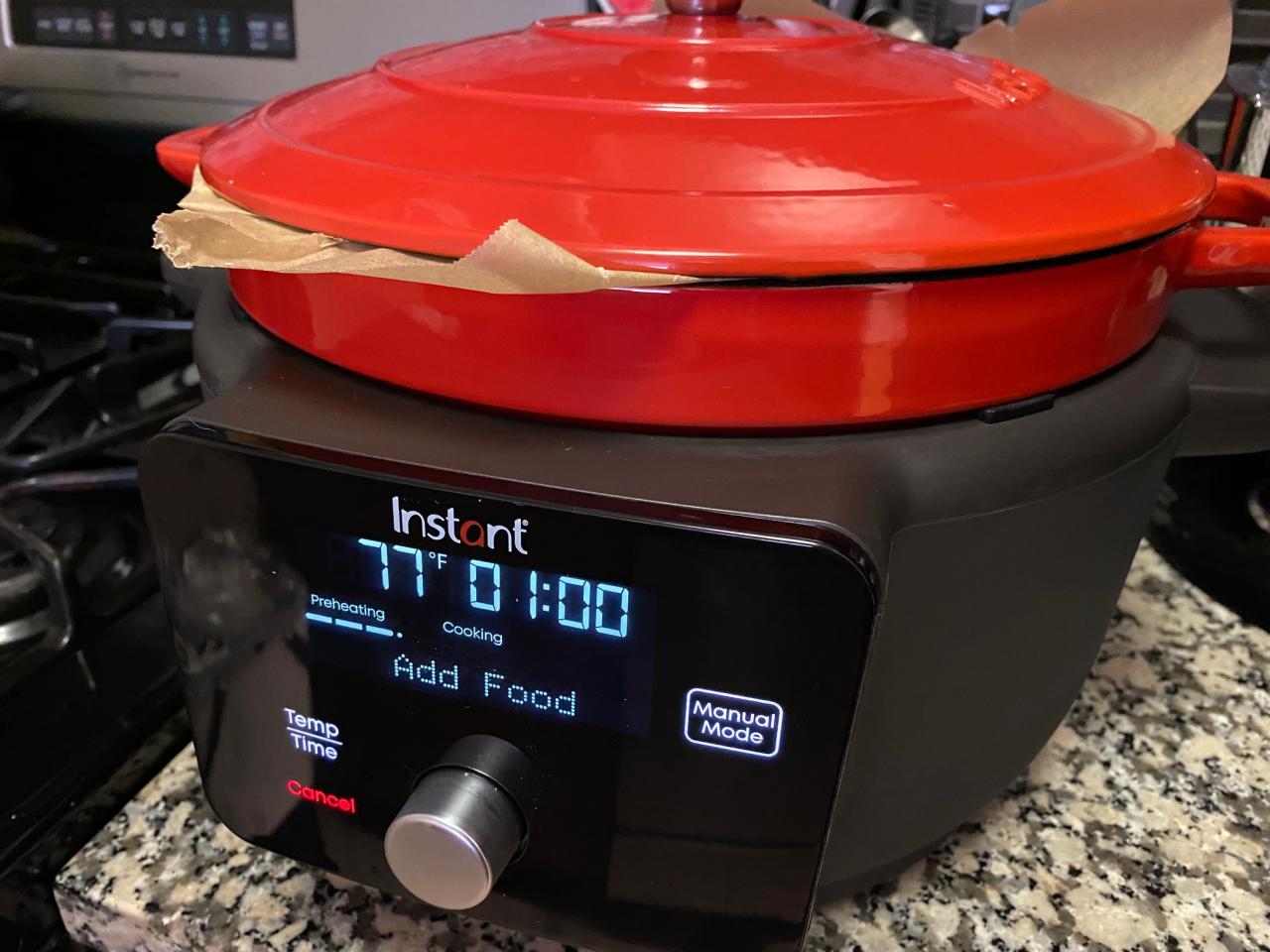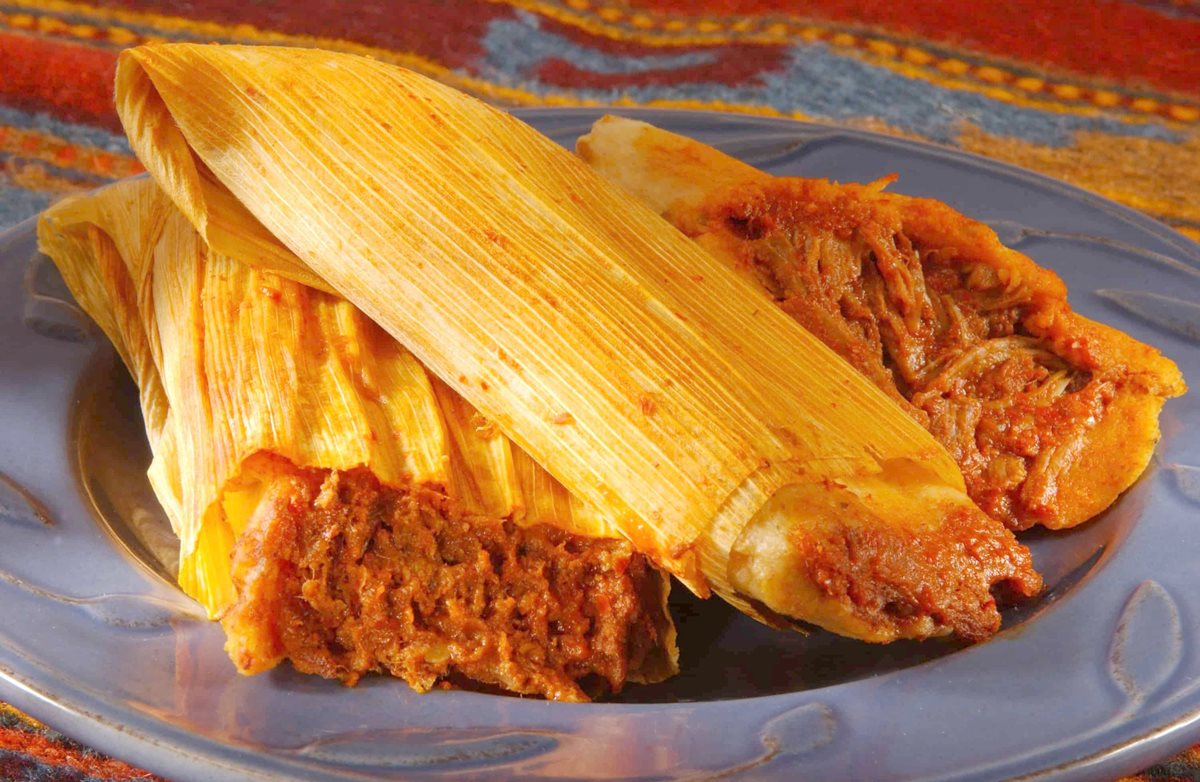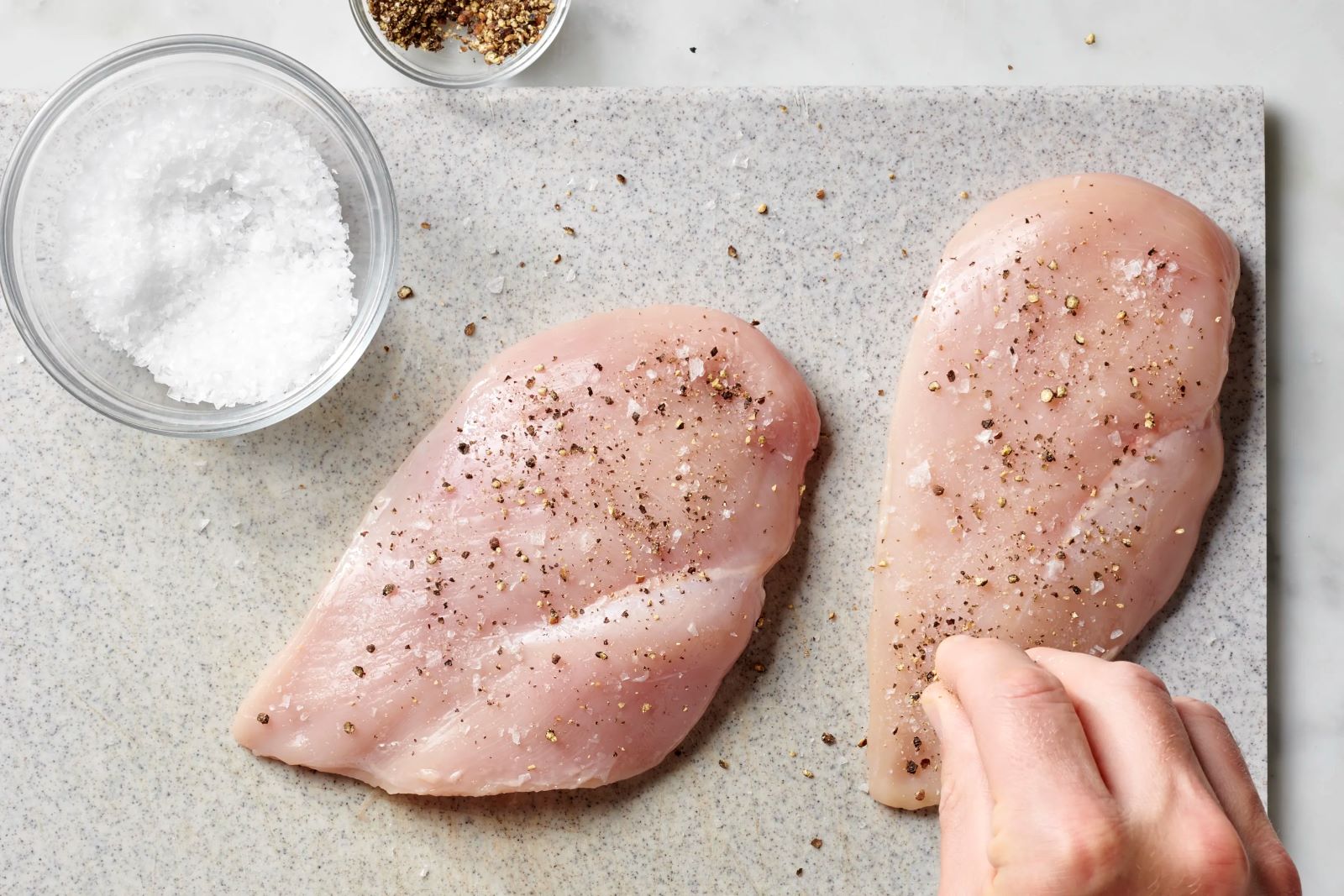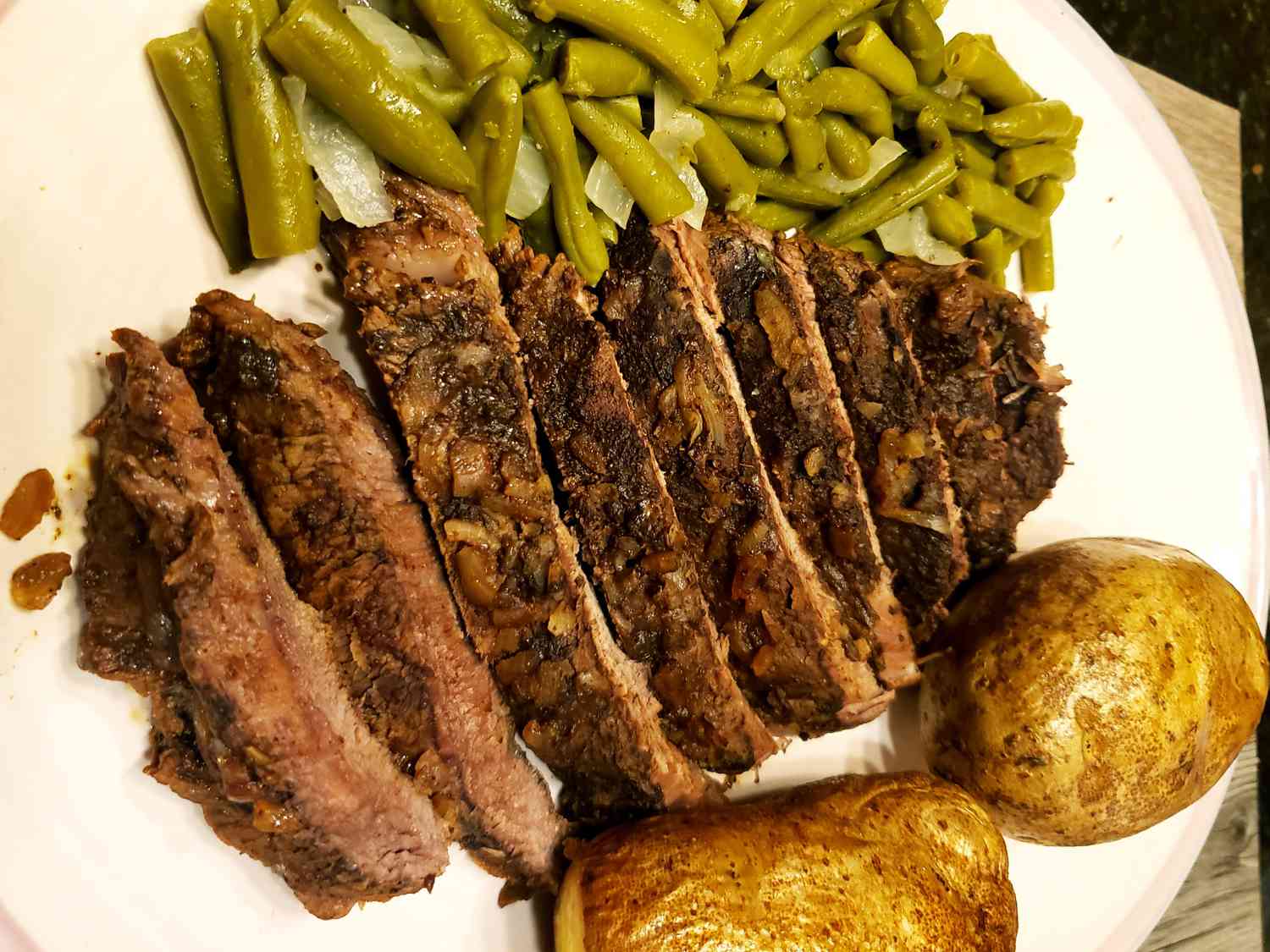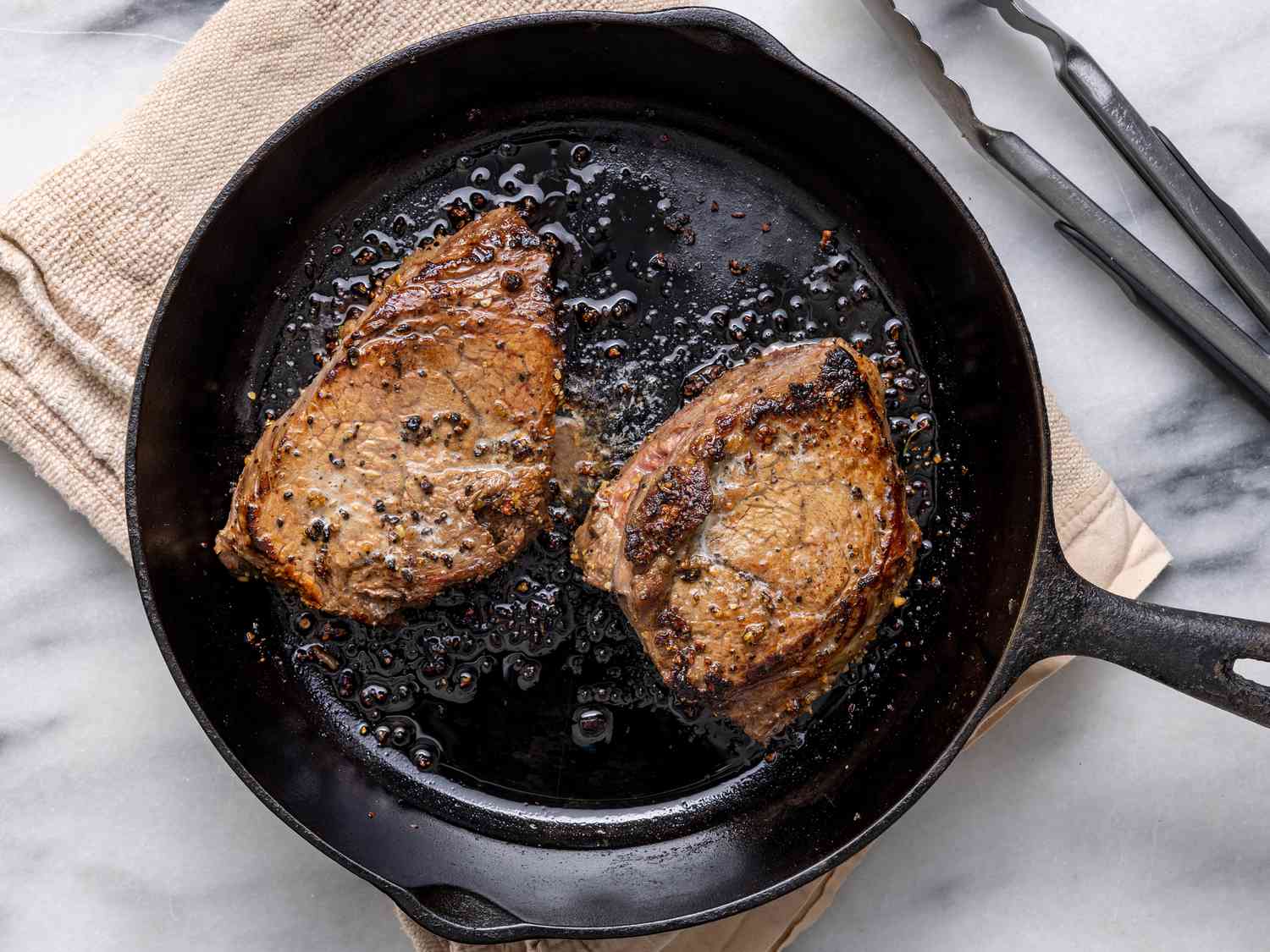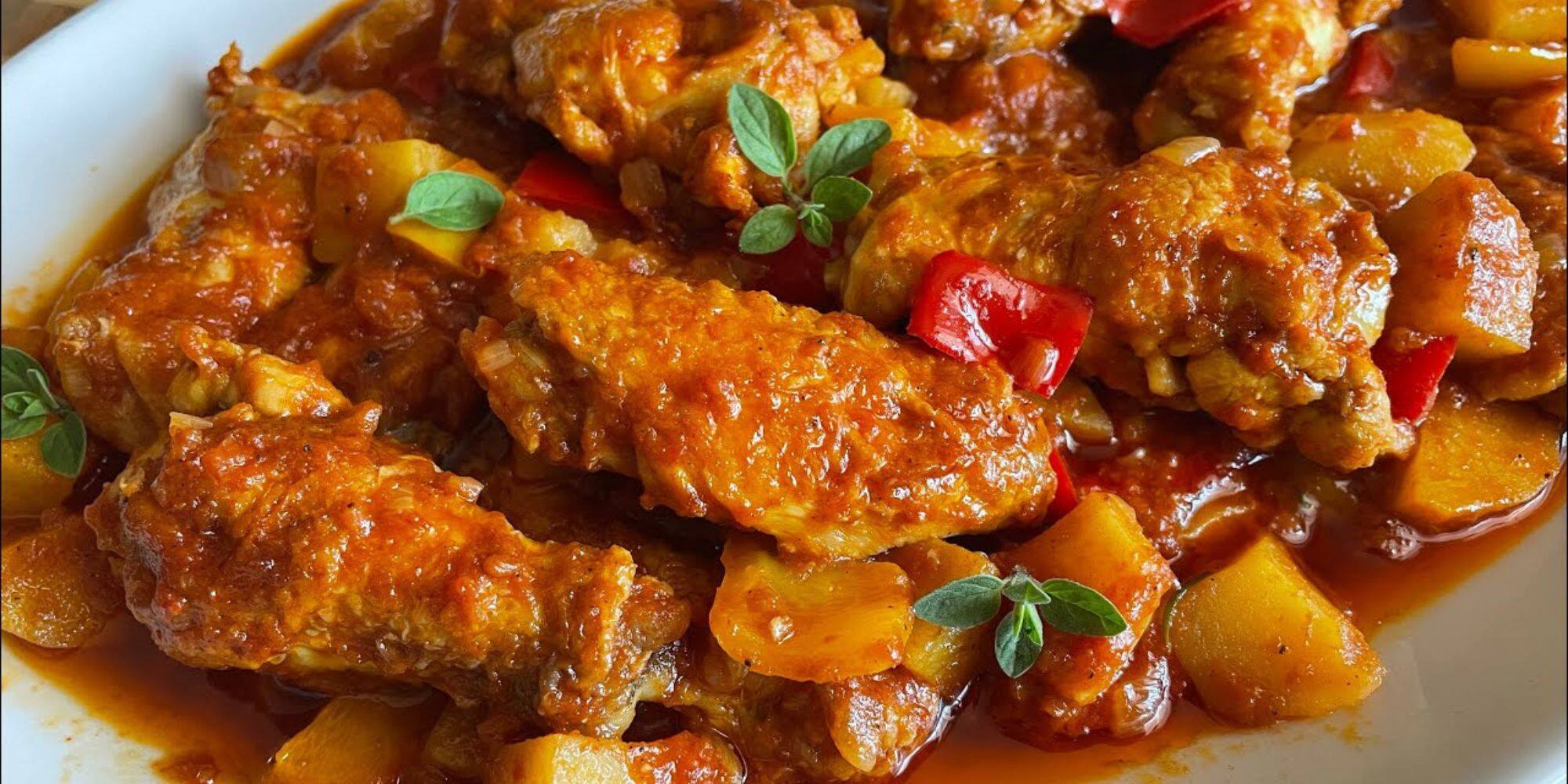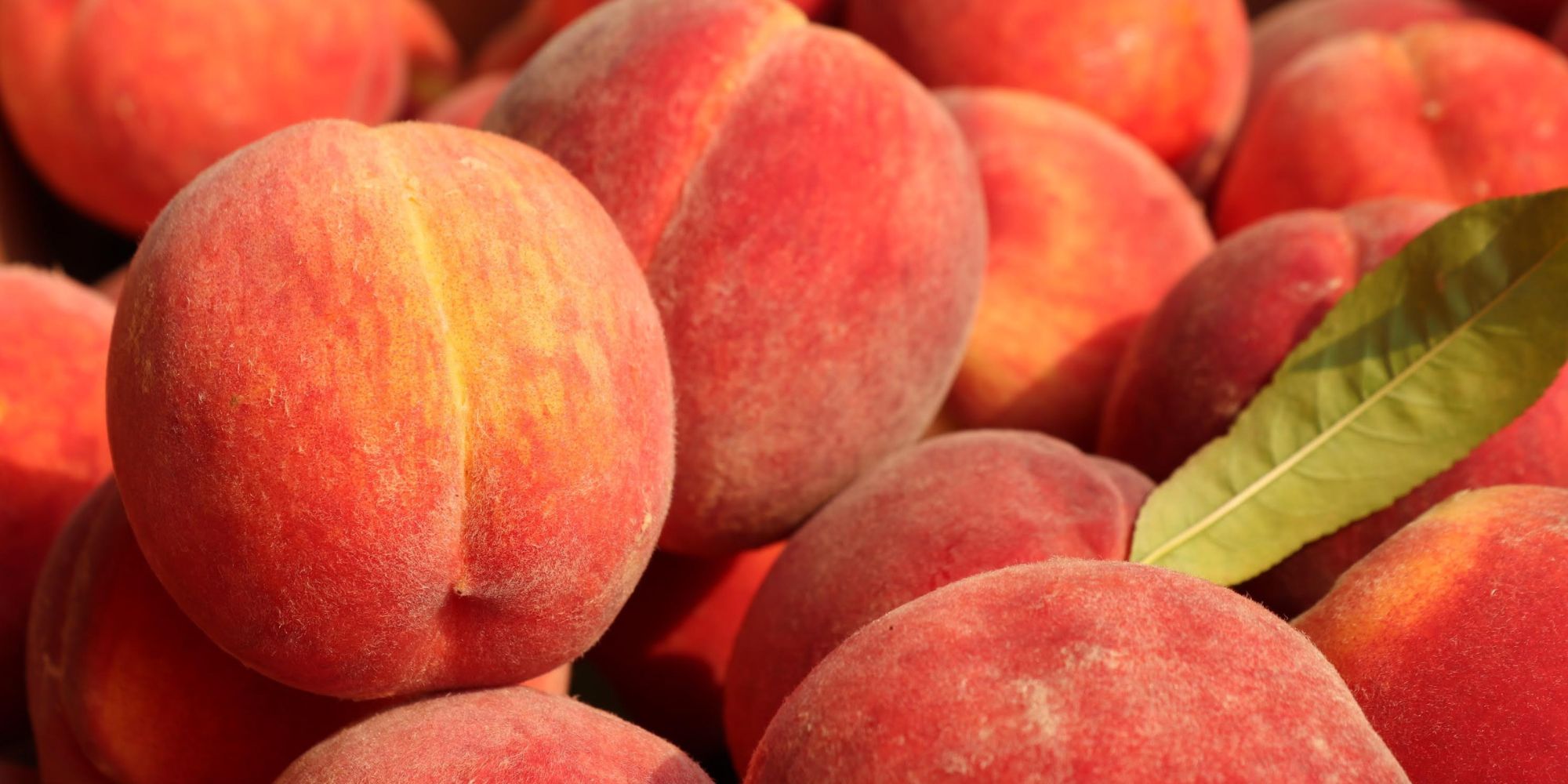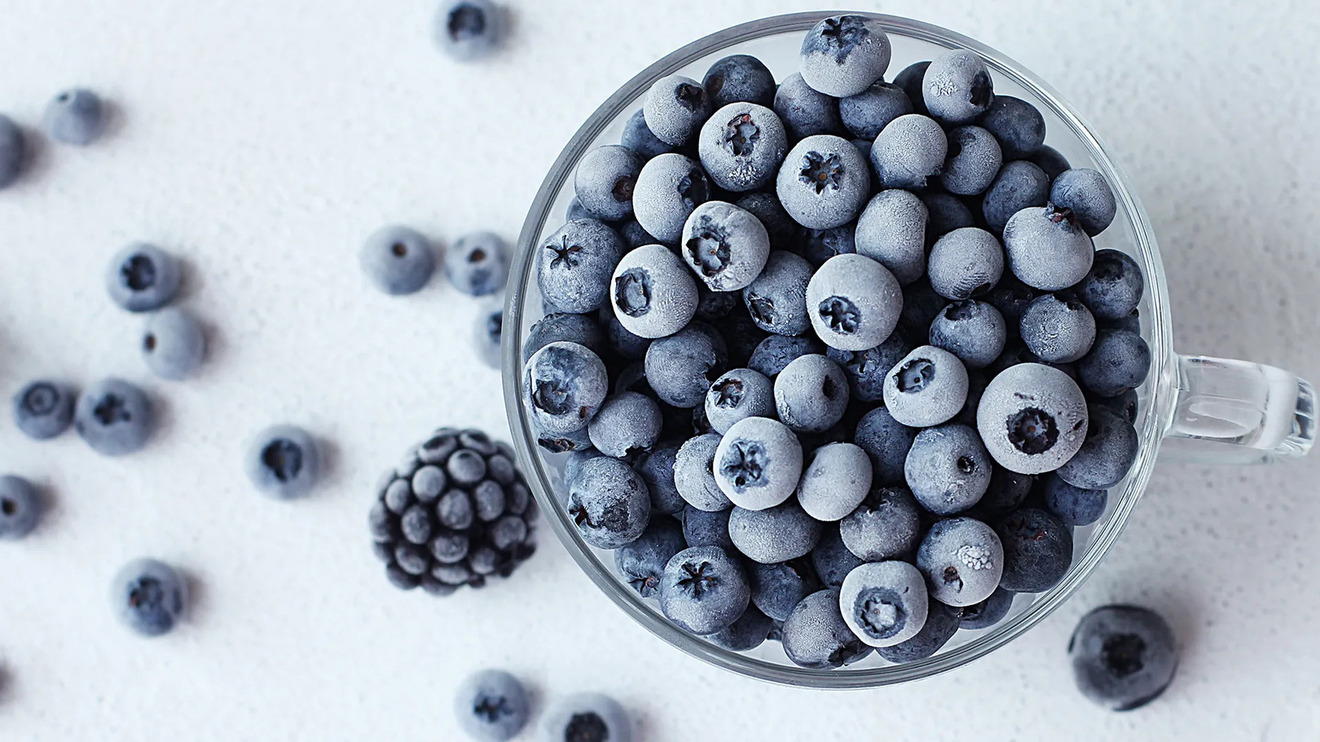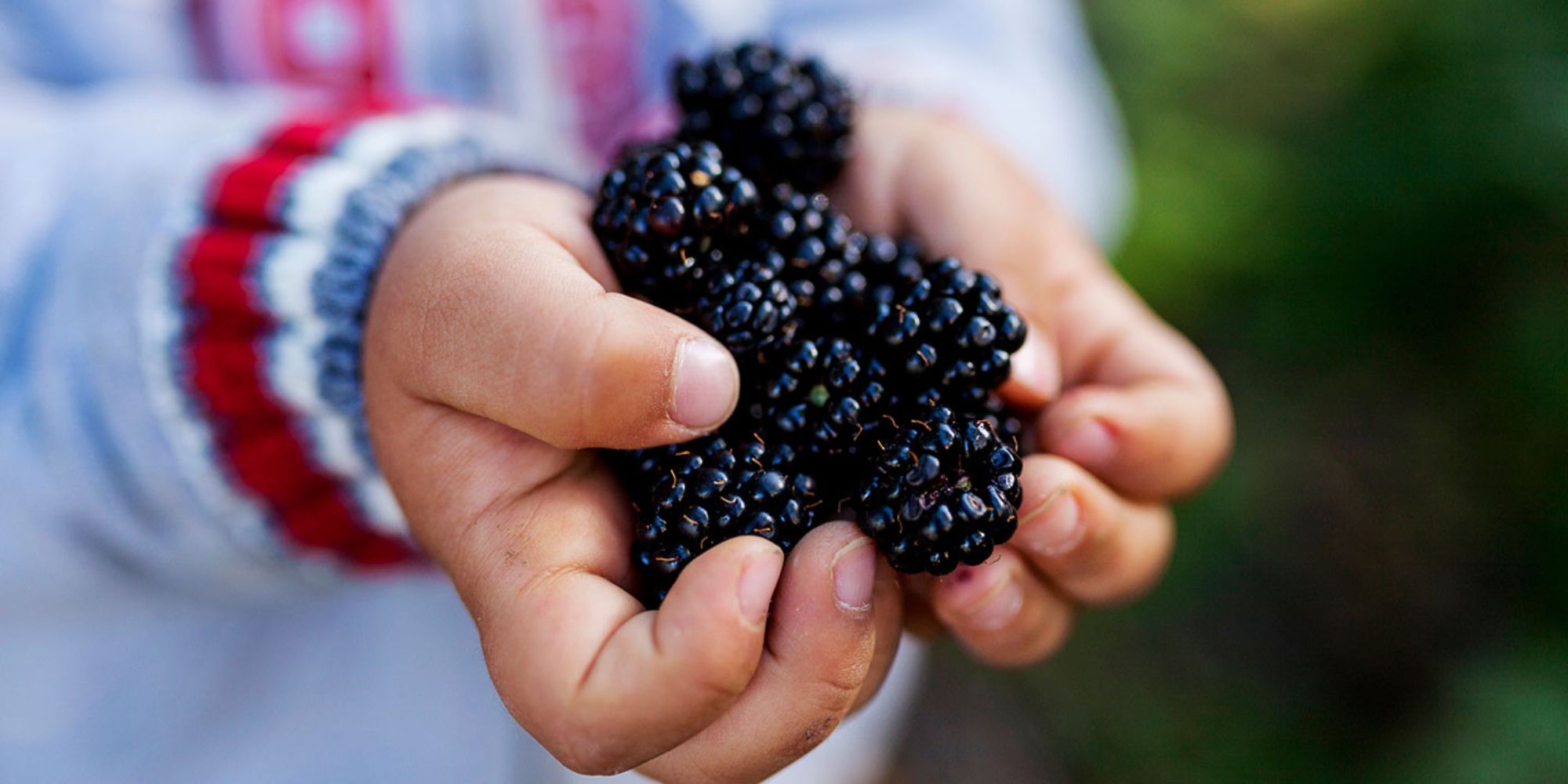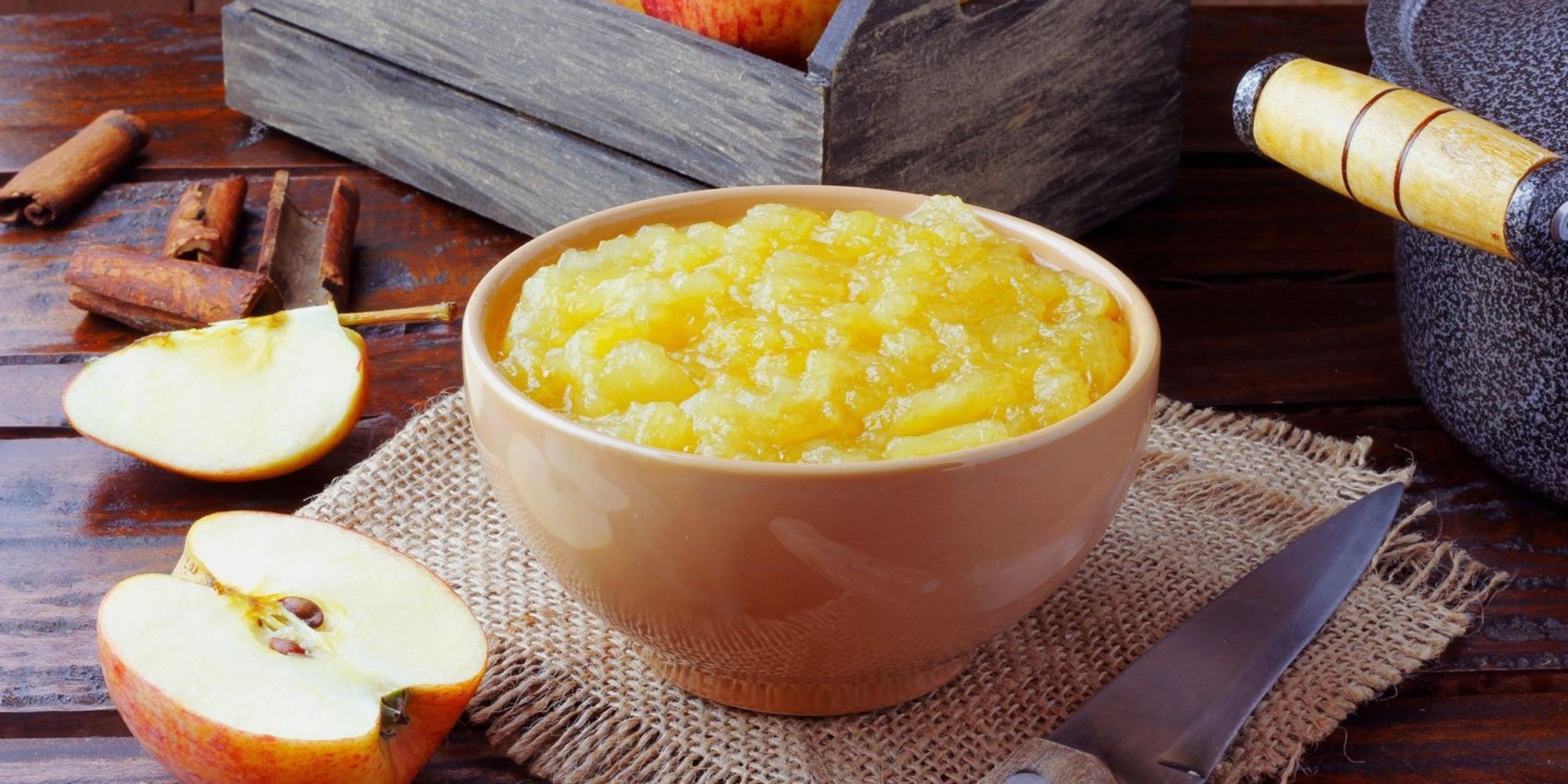Braising meat in a pressure cooker is a fantastic way to achieve tender, flavorful results in a fraction of the time it takes using traditional cooking methods. Whether you're a seasoned home cook or just starting out in the kitchen, mastering the art of braising meat in a pressure cooker can elevate your culinary skills to new heights. In this guide, we'll walk you through the steps to achieve perfectly braised meat using a pressure cooker.
Selecting the Right Cut of Meat
When it comes to braising, choosing the right cut of meat is crucial. Look for cuts that are rich in connective tissue, such as beef chuck, pork shoulder, or lamb shanks. These cuts are ideal for braising because the collagen in the connective tissue breaks down during the cooking process, resulting in tender, succulent meat.
Preparing the Meat
Before you begin braising, it's important to properly prepare the meat. Start by seasoning the meat with a generous amount of salt and pepper. This will help enhance the flavor of the meat as it cooks. Additionally, consider searing the meat in a hot pan before placing it in the pressure cooker. Searing creates a caramelized crust on the meat, adding depth of flavor to the finished dish.
Building Flavor with Aromatics
Aromatics such as onions, garlic, and herbs can take your braised meat to the next level. Sauteing these ingredients in the pressure cooker before adding the meat can help build complexity and depth of flavor in the dish.
Adding Liquid
Once the aromatics are fragrant, it's time to add liquid to the pressure cooker. Broth, wine, or tomato sauce are common choices for braising liquid. The liquid not only helps tenderize the meat but also infuses it with additional flavor.
Pressure Cooking
After adding the liquid, it's time to lock the lid in place and bring the pressure cooker up to pressure. The high pressure and steam inside the cooker will work wonders on the meat, breaking down tough fibers and infusing it with the flavors of the braising liquid.
Releasing Pressure
Once the meat has finished cooking, it's important to release the pressure from the cooker before opening the lid. This can be done using the natural release method or the quick release method, depending on the recipe.
Finishing Touches
After the pressure has been released and the lid is removed, you may choose to reduce the braising liquid to create a rich, flavorful sauce to accompany the meat. Alternatively, you can thicken the liquid with a cornstarch slurry for a luscious gravy.
Serving and Enjoying
Finally, it's time to serve and enjoy the fruits of your labor. The braised meat should be tender, flavorful, and incredibly satisfying. Consider serving it with creamy mashed potatoes, buttery noodles, or crusty bread to soak up the delicious braising liquid.
Braising meat in a pressure cooker is a versatile cooking technique that can be applied to a wide range of meats, opening up a world of culinary possibilities. With a bit of practice and experimentation, you can master the art of pressure cooker braising and delight your friends and family with mouthwatering, tender meat dishes. So, roll up your sleeves, grab your pressure cooker, and get ready to braise your way to culinary greatness!
For those keen on mastering the art of braising meat in a pressure cooker, there are several standout recipes to explore. Start with Classic Pot Roast with Vegetables for a comforting, hearty meal that highlights the pressure cooker's efficiency. Red Wine Braised Short Ribs offer a rich and elegant dish perfect for special occasions. Pressure Cooker Pulled Pork is a versatile recipe that can be used for sandwiches, tacos, or even enjoyed on its own. For a taste of Italy, Osso Buco brings tender veal shanks to your table with minimal effort. Moroccan Lamb Tagine is a fragrant, spice-laden dish that showcases the pressure cooker's ability to meld complex flavors quickly. Lastly, Chicken Cacciatore is an easy, flavorful option for a weeknight dinner that doesn't compromise on taste. Each of these recipes utilizes the pressure cooker to create succulent, deeply flavored dishes in a fraction of the time traditional braising methods require.
